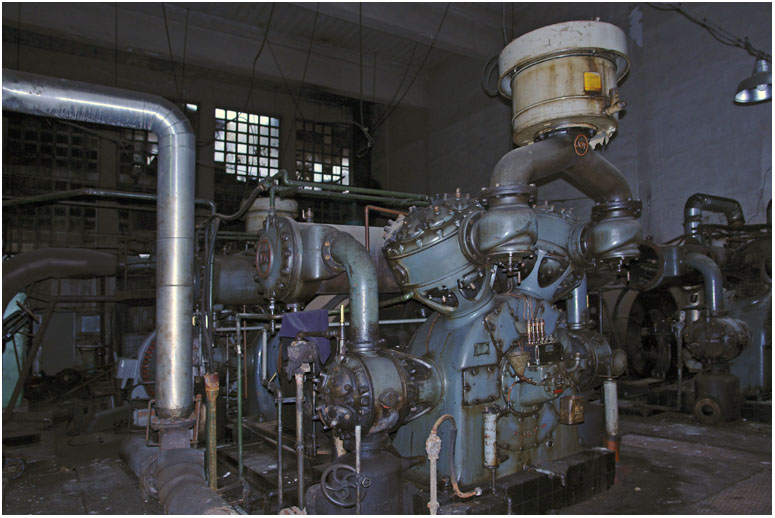We have several possible arrangements with the compressors, for example a compressor with belt drive, or direct, or a compressor that rotates at a higher speed than another, etc.
Let’s do a comparison by points:
| transmission | straps | coupling | straight |
| Advantages | It is cheaper, the compressor can be more compact | higher performance, and less maintenance | No losses or maintenance |
| Disadvantages | It has more maintenance, and greater losses | It is more expensive to manufacture, and to maintain. Usually need more space | more expensive manufacturing, and non-standard designs. |
Number of valves,
Normally in the catalogs they do not say how many valves a machine has, but if we go with the premise that less is more, having fewer valves means less possibility of breakdowns and maintenance, and you must have a much more careful design to avoid problems.
Normally you have these valves in a screw compressor:
- Intake valve, according to the manufacturer there are several versions from the simplest to the most complex, but this will always be there.
- Check valve at the outlet of the airend, this is one of the valves that can be avoided.
- Oil isolation valve, this is also easily avoidable.
- Thermostatic valve, there are electronic ones, there are bulb ones, and some machines do not have, in exchange for a variable control of the cooling fan.
- Minimum pressure and retention valve. And another valve that will always be there.
- Motor bearings, there are many compressors that only have one single compressor bearing, I even have no compressor bearings.
Hydraulic and pneumatic connections
In the end, flexible hose connections always cause leaks, they have to be changed and it becomes another consumable. There are compressors that use rigid pipe connections that eliminate the need to change hoses.



